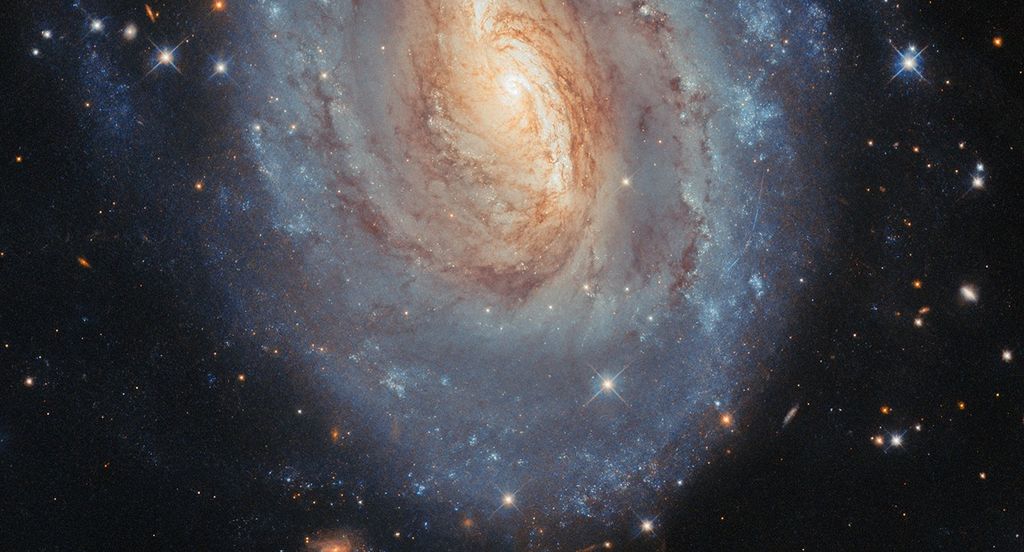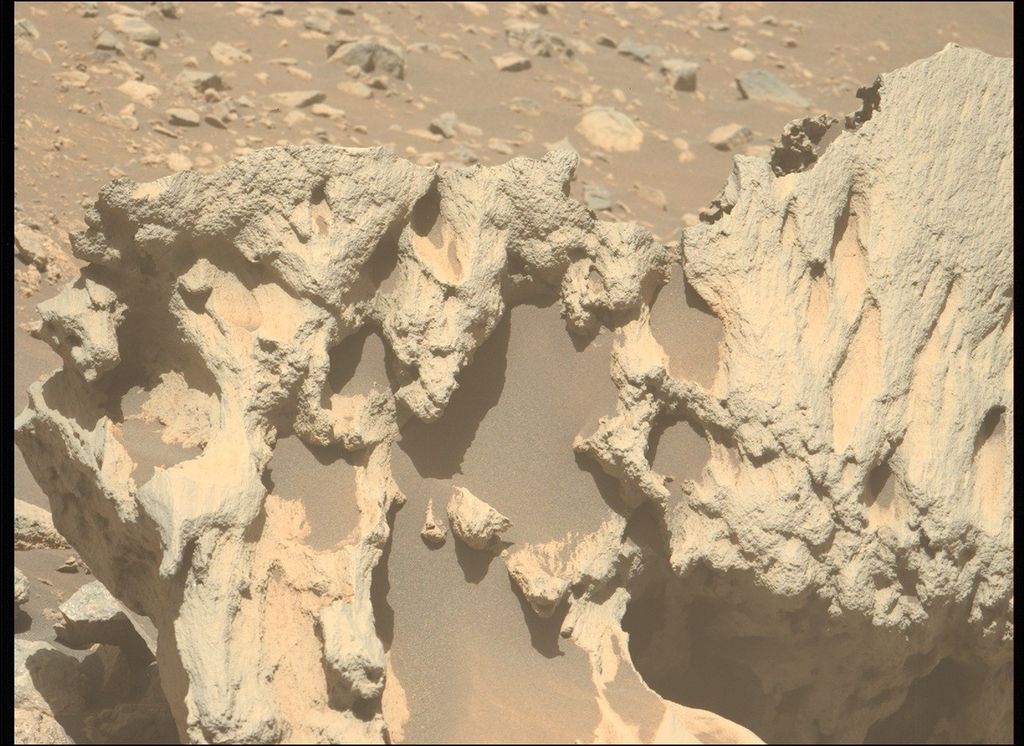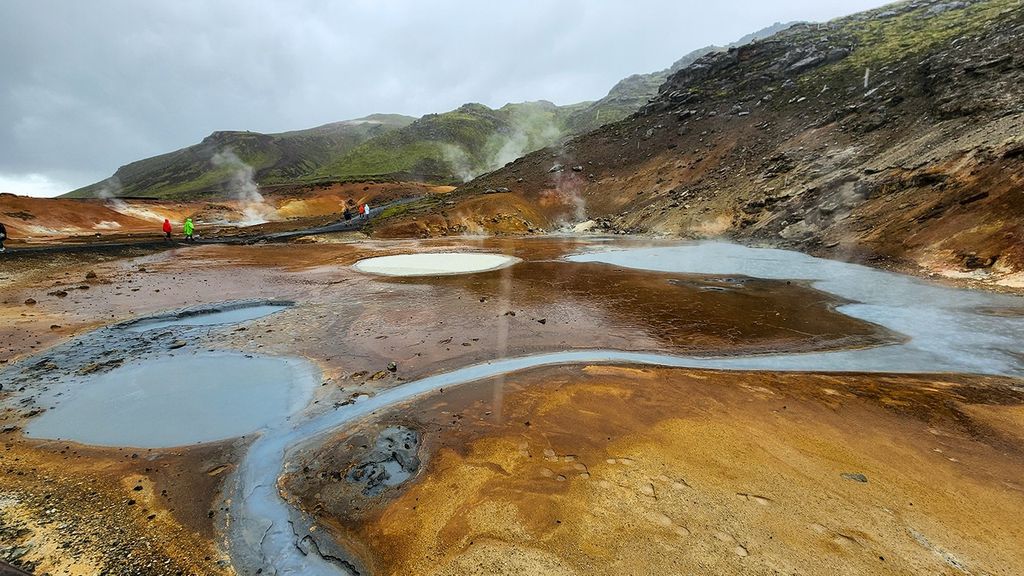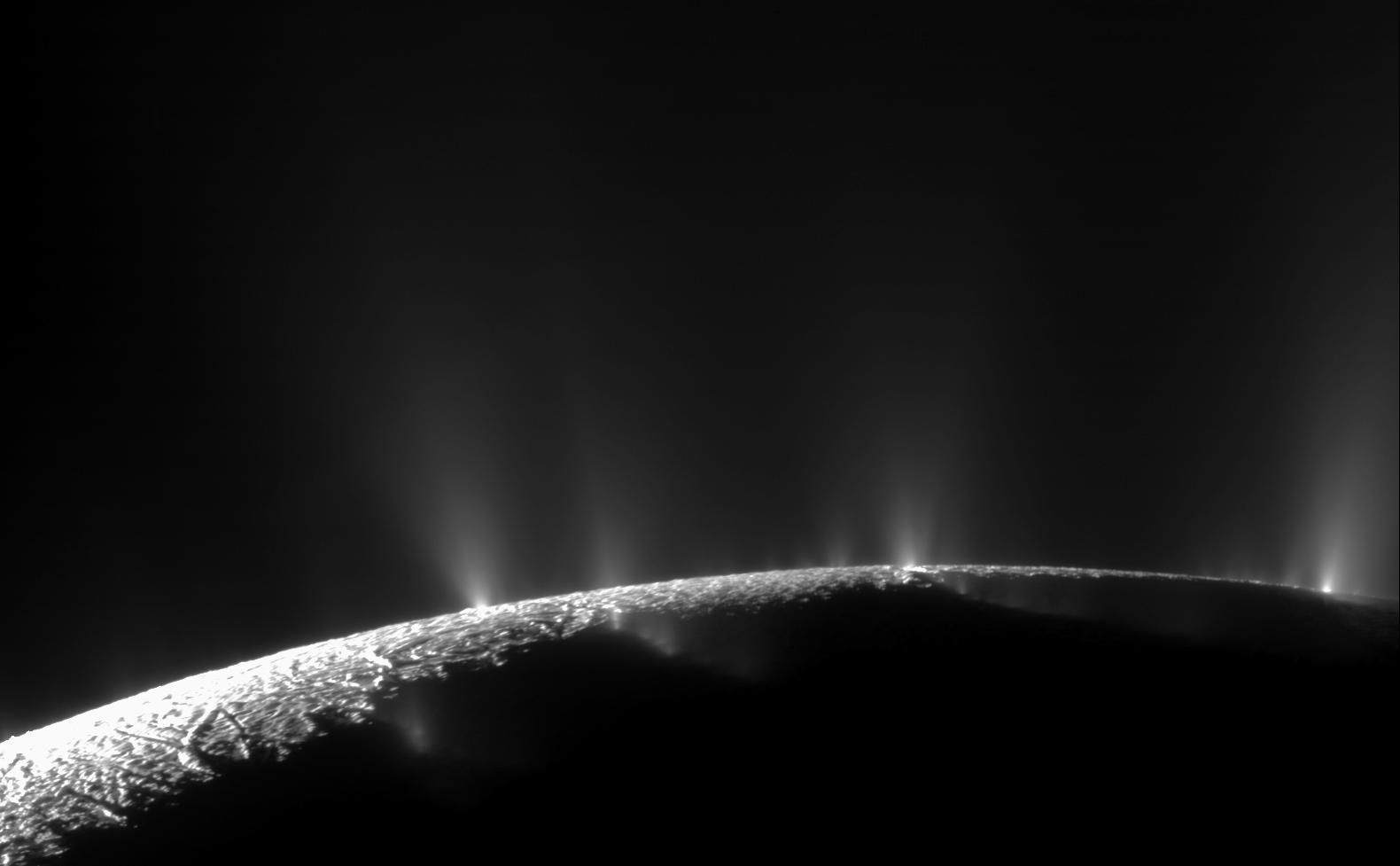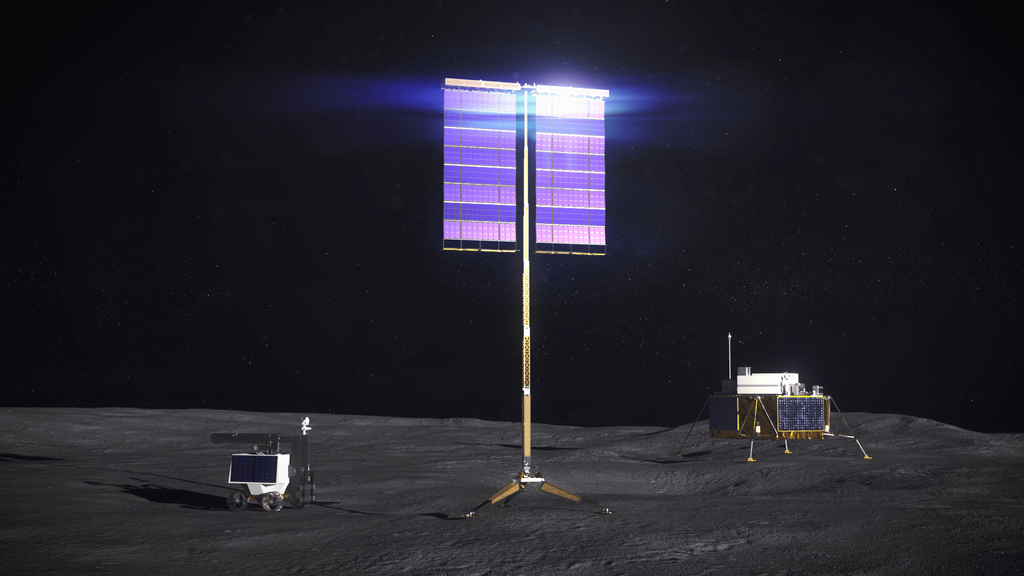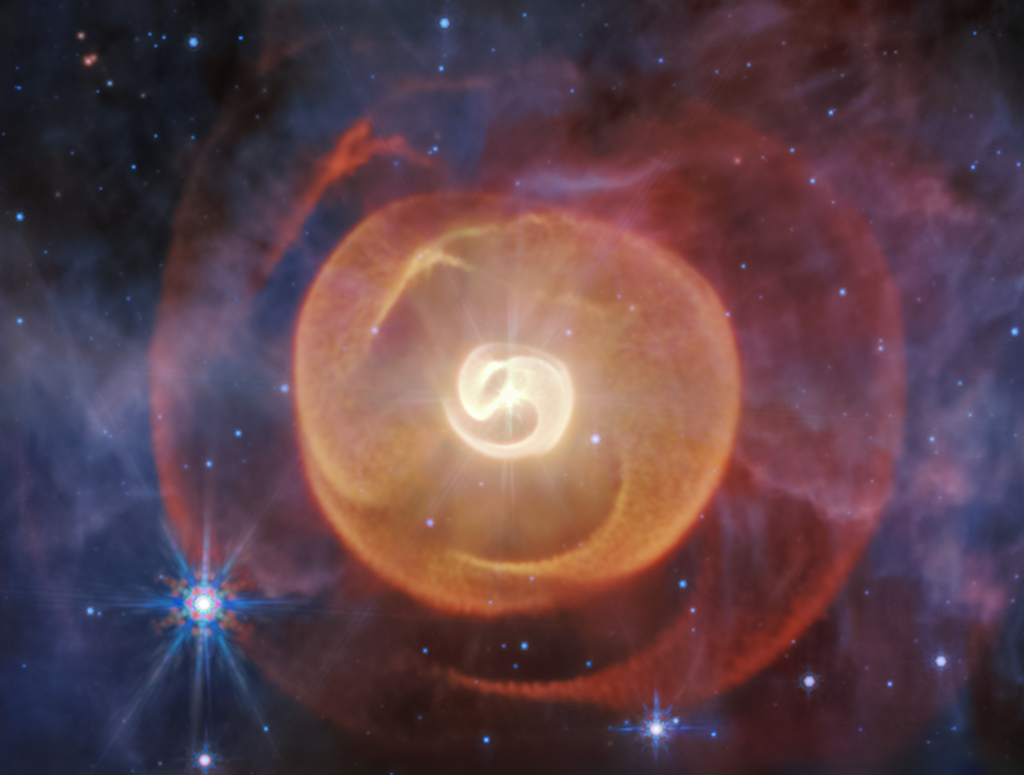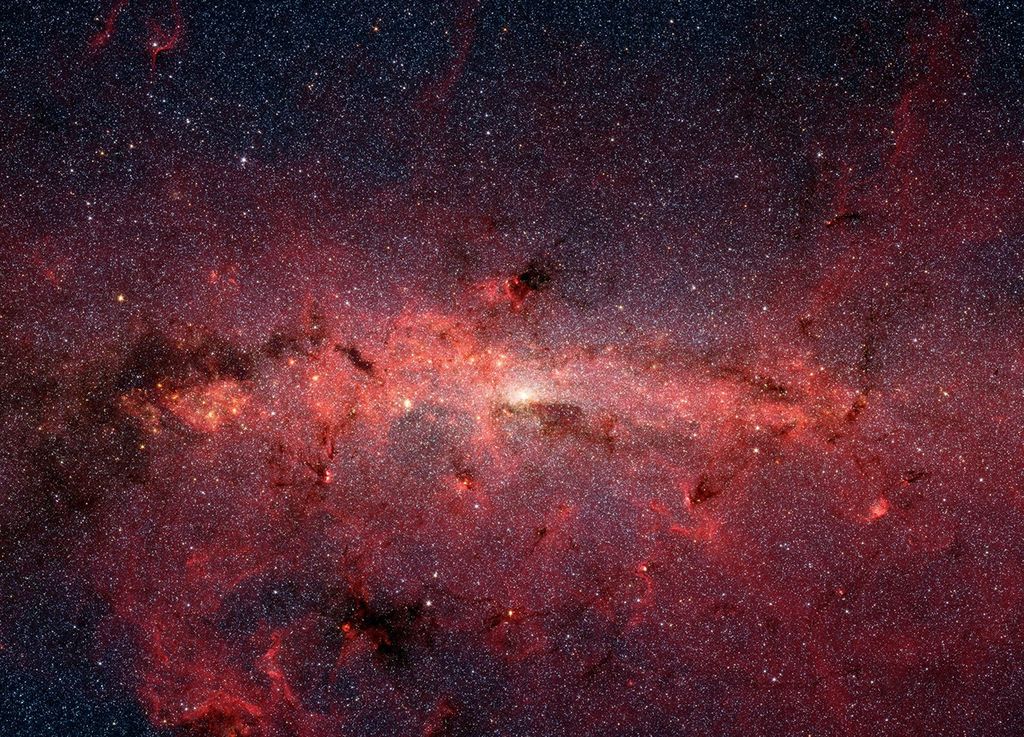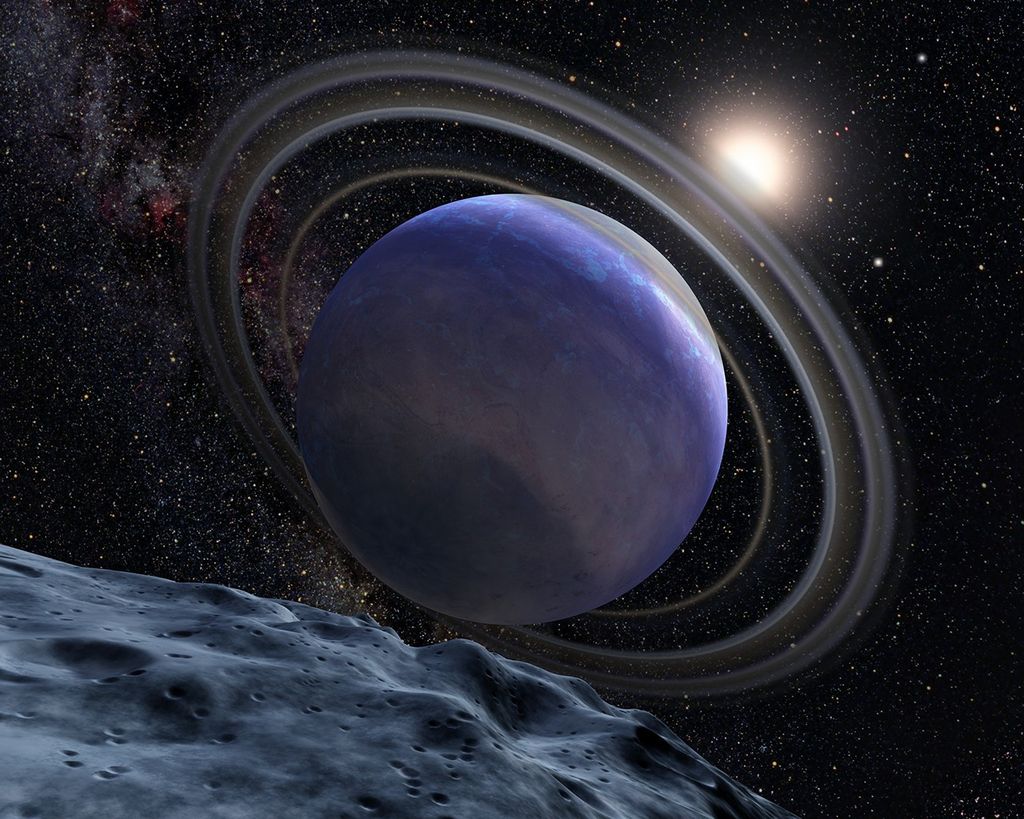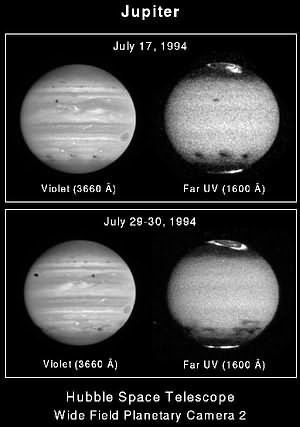In the weeks following comet P/Shoemaker-Levy 9's spectacular July collision with Jupiter, a team of Hubble Space Telescope astronomers has pored over imaging and spectroscopic data gleaned during the interplanetary bombardment. Their initial findings, combined with results from other space-borne and ground-based telescopes, shed new light on Jupiter's atmospheric winds, its immense magnetic field, the mysterious dark debris from the impacts, and the composition of the doomed comet itself.
These early results are being presented at a press conference today at NASA Headquarters in Washington D.C. by astronomers John Clarke (University of Michigan, Ann Arbor MI), Heidi Hammel (MIT), and Harold Weaver and Melissa McGrath (Space Telescope Science Institute, Baltimore, MD).
THE LAST DAYS OF THE COMET
Before the comet impact, there was a great deal of speculation and prediction about whether the 21 nuclei would survive before reaching Jupiter, or were so fragile that gravitational forces would pull them apart into thousands of smaller fragments. Hubble helped solve this question by watching the nuclei until about 10 hours before impact. HST's high resolution images show that the nuclei, the largest of which were probably a few kilometers across, did not breakup catastrophically before plunging into Jupiter's atmosphere. This reinforces the notion that the comet's atmospheric explosions were produced by solid, massive impacting bodies.
HST's resolution also showed that the nuclei were releasing dust all along the path toward Jupiter, as would be expected from a comet. This was evident in the persistence of spherical clouds of dust surrounding each nucleus throughout most of the comet's journey. About a week before impact, these dust clouds were stretched out along the path of the comet's motion by Jupiter's increasingly strong gravity.
PIERCING JUPITER'S MAGNETIC FIELD
About four days before impact, at a distance of 2.3 million miles from Jupiter, nucleus "G" of comet P/Shoemaker-Levy 9 apparently penetrated Jupiter's powerful magnetic field, the magnetosphere. (Jupiter's magnetosphere is so vast that, if visible to the naked eye, it would be about the size of the full moon.)
Hubble's Faint Object Spectrograph (FOS) recorded dramatic changes at the magnetosphere crossing that provided a rare opportunity to gather more clues on the comet's true composition. During a two minute period on July 14, HST detected strong emission from ionized magnesium (Mg II), an important component of both comet dust and asteroids. However, if the nuclei were ice-laden – as expected of a comet nucleus – astronomers expected to detect the hydroxyl radical (OH). The HST did not see OH, casting some doubt on the cometary nature of P/Shoemaker-Levy 9. Eighteen minutes after comet P/Shoemaker- Levy 9 displayed the flare-up in Mg II emissions, there was also a dramatic change in the light reflected from the dust particles in the comet.
NEW AURORAL ACTIVITY
The HST detected unusual auroral activity in Jupiter's northern hemisphere just after the impact of the comet's "K" fragment. This impact completely distrupted the radiation belts which have been stable over the last 20 years of radio observations.
Aurorae, glowing gases that create the northern and southern lights, are common on Jupiter because energetic charged particles needed to excite the gases are always trapped in Jupiter's magnetosphere. However, this new feature seen by Hubble was unusual because it was temprorarily as bright or brighter than the normal aurora, short-lived, and outside the area where Jovian aurorae are normally found. Astronomers believe that the K impact created an electromagnetic disturbance that traveled along magnetic field lines into the radiation belts. This scattered charged particles, which normally exist in the radiation belts, into Jupiter's upper atmosphere.
X-ray images taken with the ROSAT satellite further bolster the link to the K impact. They reveal unexpectedly bright X-ray emission, mainly from the north foot of magnetic field lines connected to the impact site, that was brightest near the time of the K impact, and then faded.
SWEPT ACROSS JUPITER
Observations made with HST's Wide Field Planetary Camera-2, a week and a month after impact, have been used to make global maps of Jupiter for tracking changes in the dark debris caught up in the high speed winds at Jupiter's cloudtops. This debris is a natural tracer of wind patterns and allows astronomers a better understanding of the physics of the Jovian atmosphere. The high speed easterly and westerly jets have turned the dark "blobs" originally at the impact sites into striking "curly-cue" features. Although individual impact sites are still visible a month later despite the shearing, the fading of Jupiter's scars has been substantial and it now appears that Jupiter will not suffer any permanent damage from the explosions.
Hubble's ultraviolet observations show the motion of very fine impact debris particles now suspended high in Jupiter's atmosphere (before eventually diffusing down to lower altitudes). This provides the first information ever obtained about Jupiter's high altitude wind patterns. Hubble gives astronomers a "three dimensional" perspective showing the wind patterns at high altitudes and how they differ from those at the visible cloud-top level. At lower altitudes, the impact debris follows east-west winds driven by sunlight and Jupiter's own internal heat. By contrast, winds in the high Jovian stratosphere move primarily from the poles toward the equator because they are driven mainly by auroral heating from high energy particles.
WHAT IS THAT DARK STUFF MADE OF?
The HST Faint Object Spectrograph (FOS) detected many gaseous absorptions associated with the impact sites and followed their evolution over the next month. Most surprising were the strong signatures from sulfur-bearing compounds like diatomic sulfur (S2), carbon disulfide (CS2), and hydrogen sulfide (H2S). Ammonia (NH3) absorption was also detected. The S2 absorptions seemed to fade on timescales of a few days, while the NH3 absorptions at first got stronger with time, and finally started fading after about one month. During observations near the limb of Jupiter, the FOS detected emissions from silicon, magnesium, and iron that could only have originated from the impacting bodies, since Jupiter itself normally does not have detectable amounts of these elements.
WAS P/SHOEMAKER-LEVY 9 A COMET OR AN ASTEROID?
At present, observations seem to slightly favor a cometary origin, though an asteroidal origin cannot yet be ruled out. The answer isn't easy because comets and asteroids have so much in common: they are small bodies; they are primordial, forming 4.6 billion years ago along with the planets and their satellites; either type of object can be expected to be found at Jupiter's distance. The key difference is that comets are largely icy while the asteroids are virtually devoid of ice because they formed too close to the Sun. The attached table summarizes the observational results that shed light on this question.

